After you get your new passport, you must sign it to make it valid. Many have questions like do I need to sign my passport with my full name, do I sign my passport in blue or black ink, etc. You’ve come to the right place. Read this complete guide on the US passport signature rules, and learn how to sign correctly.
Why You Should Sign Your Passport Correctly and Timely?
After receiving a new passport, many may wonder: do I need to sign my passport right away? According to the laws on passports by the US Department of State, a passport book is only considered valid when it is signed by the bearer in the designated space. This unique signature can also be used to verify an individual’s verification. It helps deter passport fraud and identity theft.
Therefore, once you’ve got your new passport, you must sign it timely to make it valid.
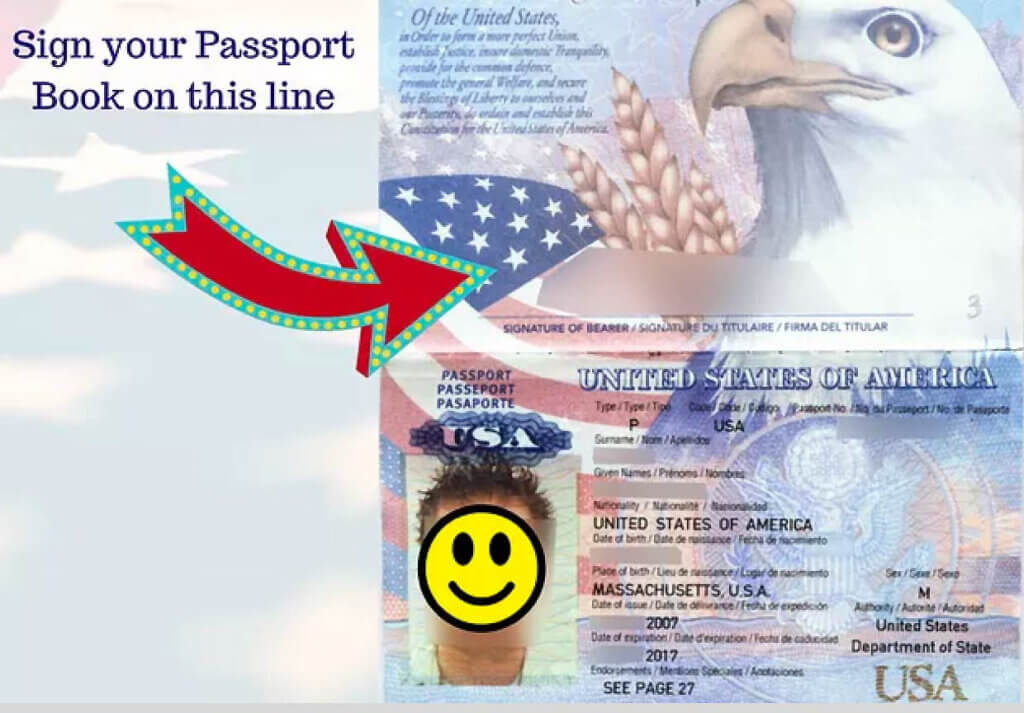
But this isn’t just about adding a name to it. There are several rules when it comes to signing a passport. You must follow them and put your signature properly and correctly on your passport, otherwise, this document won’t be valid either.
Should My Passport Have My Signature or Full Name?
When putting a name on the passport book, one of the most asked questions is do I sign my passport with my full name or simply a signature? According to the guidelines given by the US Department of State, you should put your full name including first name, last name, and middle name (if you have one) as listed on the biodata page of your passport. The signature you put on the passport book should match the one on your passport application form. But if you did not put your middle name in the passport application signature, then you should not put it in your passport book either.
How to Properly Sign Your Own Passport?
Unlike signing for a package delivery, signing on your passport is a legal requirement and serves as an identity verification. Any big errors in the signature can invalidate your passport. Therefore, it is important to sign your passport correctly by following these steps:
Use a proper pen
Use a pen with good quality, quick-drying ink. Make sure it will not scratch the passport page. It can be an ink pen or a ballpoint pen. Avoid using pencils or other temporary markings, as the signature can vanish over time with these pens.
Choose the right color
Blue or black are the only colors officially recognized by most passport agencies. So you must use a blue or black pen to sign a passport.
Find the correct place to sign
Look for the designated line in your passport that says “Signature of Bearer”. It’s typically located near your photo page. Your signature should be right above the line and should not cover your passport photo or the passport number on the right side. Here is a correct US passport Signature of Bearer example:
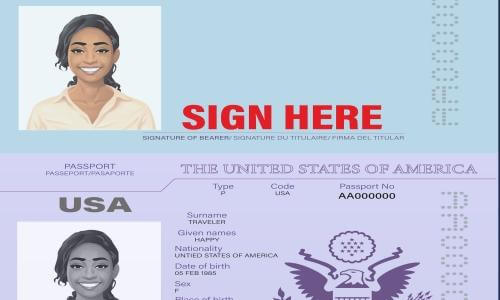
Sign your full name
Write your full legal name in clear and readable handwriting. The signature should match the one on your passport application. Make sure the ink dries well before closing the book. Avoid the ink bleeding through the page.
Avoid mistakes
If you make a mistake accidentally, do not erase or scribble over it. Instead, simply cross out the error with a single line and write your name correctly on top of it.
How to Sign a Passport for a Minor?
According to the US passport signature rules, a parent or legal guardian must sign for a child under 16 years old. If your kid is under 16 or is incapable of signing their own passport for the time being, you as the parent or legal guardian should sign their new passport on their behalf instead. Here is what you should do:
- Print the child’s full name on the signature line.
- Sign your name next to the printed name of the child, and note your relation to the child (e.g. mother, father, or guardian).
Here is an example of how to sign a child’s passport:
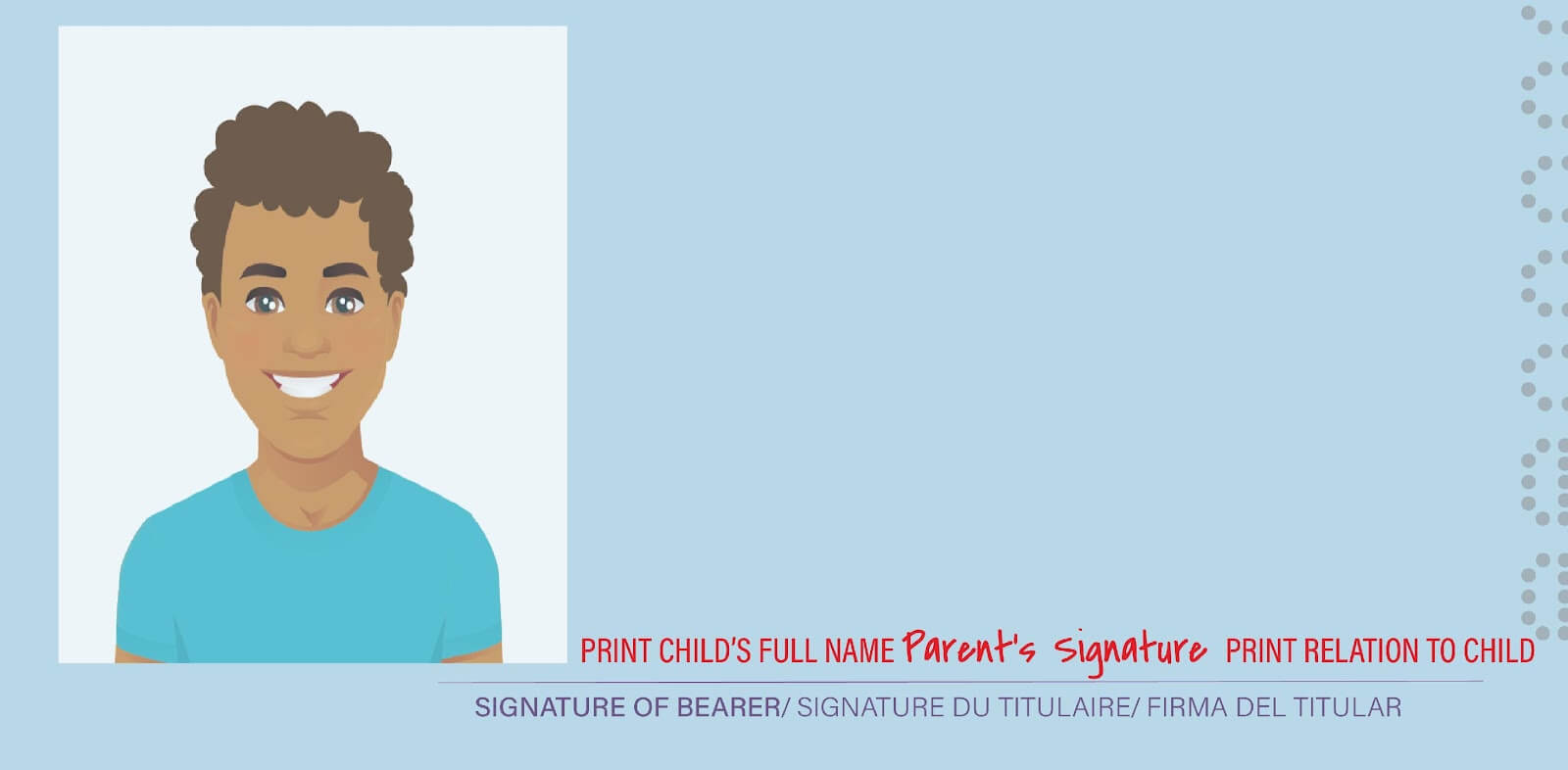
Do Both Parents Need to Sign for a Passport?
No. Only one parent’s signature is required when signing a passport for minors. The parent should note his/her relation to the child.
What Color Ink to Sign the Passport?
You must use a blue or black pen to sign your US passport. These are the only colors officially recognized and accepted by the US State Department. Make sure the ink won’t bleed through or damage the passport page. After you put your signature on the page, you may leave it open for a few minutes to completely dry out.
Can Someone Else Sign Your Passport?
No, generally, someone else cannot sign your US passport on your behalf. The signature on the passport must be your own. However, there is one exception: If you are a minor under 16 and unable to sign, a parent or legal guardian can sign for you.
If you are physically unable to sign due to an injury or illness, you need to provide supporting documentation explaining your inability to sign to the passport agencies. It’s important to note that forging a signature on a passport is a serious crime and can result in legal consequences.
Can You Digitally Sign a Passport?
No, you cannot digitally sign a US passport. The signature on a US passport must be handwritten in blue or black ink. This is a security measure to ensure the authenticity of the passport and to prevent fraud. While digital signatures are becoming more common, passport applications and passport books still require traditional handwritten signatures.
What to Do If I Sign a Passport Wrong?
There are two types of errors you can make when signing a passport. A small one that is not too bad, say a misspelling, won’t invalidate your passport. You can strike the wrong signature with a single line and then sign the correct one on top of it.
However, if the error cannot be rectified with a single strikethrough, such as ink damage or misplaced signature, you should apply for a passport correction immediately. You will need to prepare the following documents:
- Current US passport
- Passport Form DS-5504 filled out online, printed, and signed
- One new passport photo, different from the one on the current passport
- Photocopy a state-issued ID such as a driver’s license.
Then submit your application by mail or visit a local passport agency in person. The processing time of passport correction generally takes 4 to 6 weeks. Once you get a new passport, avoid the mistakes and sign it properly.
FAQs
Does a passport signature need to be in cursive?
No, the signature on a passport does not need to be in cursive. You can sign your name in any legible style you desire. The most important thing is to ensure your signature matches the one on your passport application and other official documents.
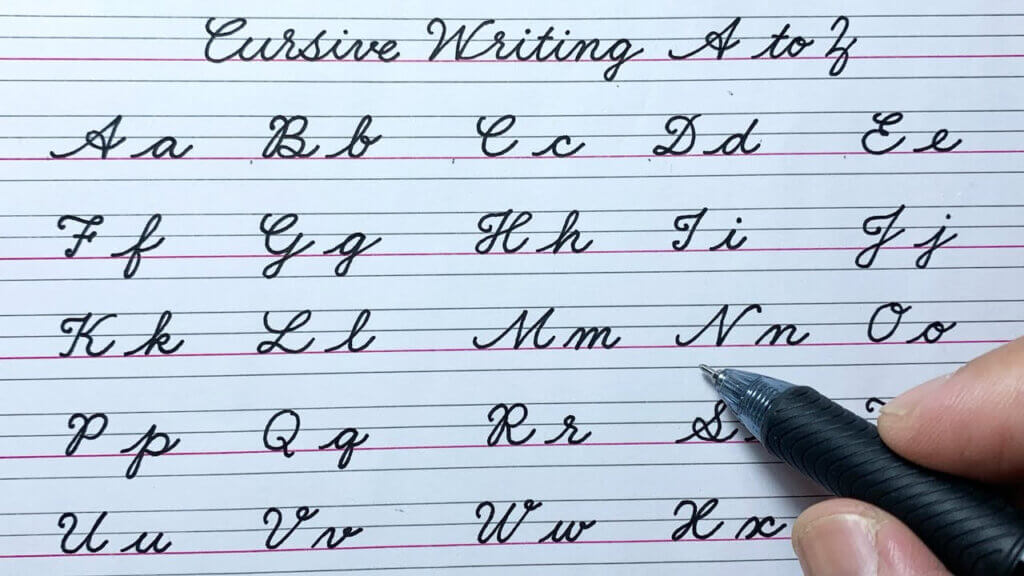
The primary goal of the signature is to verify your identity and prevent fraud. As long as your signature is unique and recognizable, the specific style is not a major concern.
What happens if I sign my passport below the line?
If you sign your passport below the designated signature line or in any inappropriate place, the passport can be considered invalid. Passport authorities typically have specific guidelines for where and how to sign the passport. Signing below the line could be interpreted as an attempt to alter the document or as a deliberate attempt to avoid proper identification procedures.
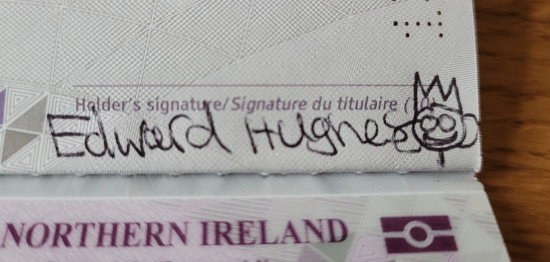
Can I use a Sharpie to sign my passport?
No. It’s not recommended to use a Sharpie to sign your passport. This type of pen can potentially damage the passport’s pages, especially if the ink bleeds through. It’s best to use a ballpoint pen with blue or black ink, which is less likely to cause damage and is widely accepted by passport authorities.
What happens if you don’t sign your passport?
If you don’t sign your passport, it’s considered invalid. A passport without the signature of the bearer is essentially an incomplete document and won’t be accepted by border control officials. You can be denied entry into other countries.
How to sign an infant US passport?
According to the US passport signature rules, as a parent, you should sign your baby’s passport on his/her behalf. Here is how to properly sign a passport for an infant:
- Print the child’s full name on the signature line.
- Sign your name next to the printed name of the child, and write your relation to the child (e.g. mother, father, or guardian).
Conclusion
When signing your newly issued passport, strictly follow the US passport signature rules and guidelines, and avoid the common mistakes mentioned in this article. That way you can finally make your passport valid and officially grant you the ability to travel internationally. Pick a pen and get it done now!